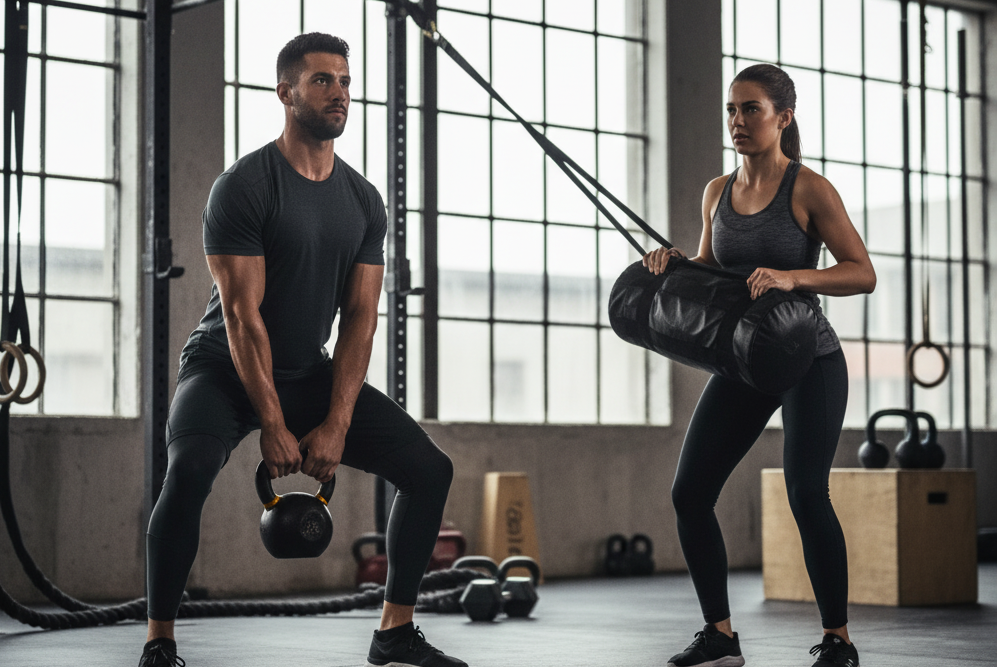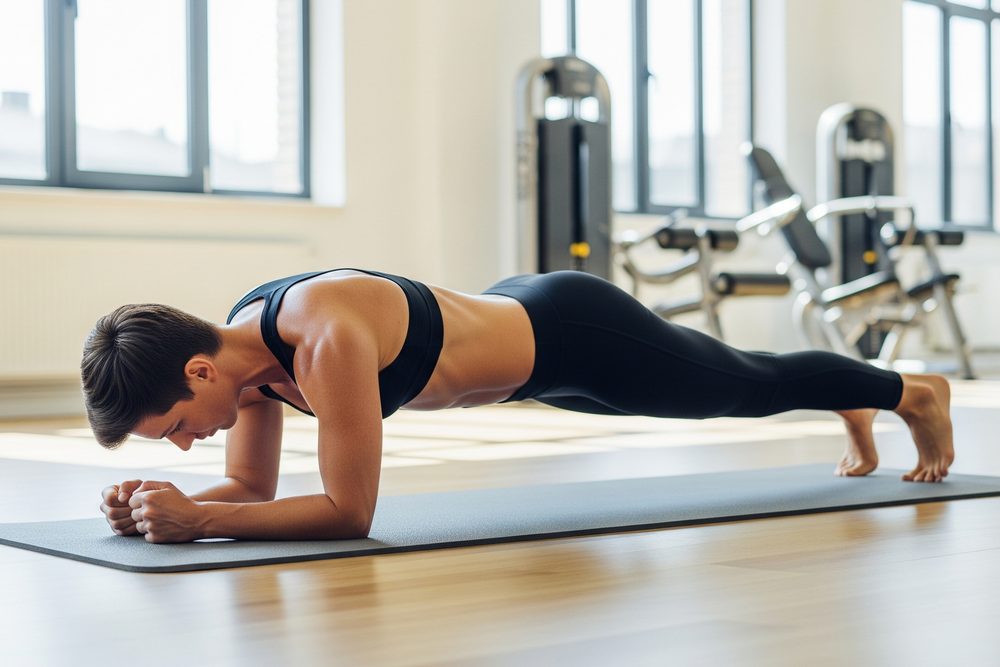The Role of Functional Fitness in Injury Prevention
Noah Fraser
2025-10-22
6 min read

Exercise is widely recognized as a cornerstone of a healthy lifestyle, but not all workout routines are created equal, especially when it comes to preventing injuries. While traditional strength training often isolates individual muscles, a different approach known as functional fitness is gaining prominence for its remarkable effectiveness in preparing the body for the demands of everyday life. By focusing on movements that mimic real-world activities, functional fitness builds a resilient, coordinated, and injury-resistant body.
What is Functional Fitness?
At its core, functional fitness is a training philosophy designed to improve your ability to perform daily tasks safely and efficiently. Think about the movements you make without a second thought: lifting a heavy box, carrying groceries, twisting to grab something from the back seat of your car, or playing with your children. These actions don't use a single muscle in isolation; they require multiple muscle groups across your upper and lower body to work together in a coordinated symphony of strength, balance, and stability. Functional exercises are compound movements that train your muscles to work as a system. Instead of sitting on a machine to perform a bicep curl, a functional approach might involve lifting a sandbag from the floor to your shoulder. This single motion engages your legs, glutes, core, back, and arms, all while challenging your balance and coordination in a way that directly translates to real-life situations.
How Functional Training Prevents Injuries
The primary role of functional fitness in injury prevention lies in its ability to build a strong and stable foundation. Many common injuries, from lower back pain to pulled muscles and joint sprains, occur when the body is unprepared for a sudden or awkward movement. Functional training addresses this by strengthening the very movement patterns that often lead to trouble. A key component of this is core stability. Your core is more than just your abdominal muscles; it includes the entire network of muscles in your trunk that stabilize the spine and pelvis. A strong, stable core acts as a central anchor for all movement. Functional exercises like planks, bird-dogs, and farmer's walks train these stabilizing muscles to fire correctly, protecting your spine during lifting, twisting, and bending. When your core is weak, other muscles are forced to compensate, leading to poor movement patterns, muscle imbalances, and an increased risk of injury. Furthermore, functional fitness improves neuromuscular control, which is the communication between your brain and your muscles. By practicing multi-joint, multi-planar movements, you enhance your body's proprioception—its sense of position in space. This heightened awareness helps you react more quickly and effectively to unexpected shifts in balance, such as tripping on a curb or slipping on a wet floor, allowing you to catch yourself before an injury occurs.

Benefits for All Ages and Fitness Levels
The beauty of functional fitness is its universal applicability. For a young athlete, it can translate to improved performance and a lower risk of sports-related injuries by building strength and resilience in dynamic, sport-specific patterns. It helps them generate more power, change direction more quickly, and withstand the physical demands of competition. For the average adult, functional training makes daily life easier and safer. It provides the strength to lift a suitcase into an overhead bin, the stability to carry a toddler without straining your back, and the mobility to garden for hours without pain. As we age, these benefits become even more critical. Older adults who engage in functional fitness can significantly improve their balance, coordination, and strength, which are crucial factors in preventing falls—a leading cause of serious injury in the senior population. Exercises like chair squats and standing on one leg directly train the skills needed to maintain independence and a high quality of life.
Examples of Functional Exercises for Injury Prevention
Incorporating functional fitness into your routine doesn't require a complete overhaul of your workout. You can start by adding a few key exercises that emphasize integrated movement. The squat is perhaps the most fundamental functional exercise, mimicking the movement of sitting down and standing up. A proper squat builds strength in the legs, glutes, and core, all of which are essential for lifting and carrying. The deadlift, when performed correctly, is another powerhouse for injury prevention. It teaches you how to safely lift heavy objects off the floor by engaging your posterior chain—the glutes, hamstrings, and back muscles—while maintaining a neutral spine. Lunges are excellent for improving single-leg strength and balance, which is vital for activities like walking, climbing stairs, and running. Adding a twist or an overhead press to a lunge further challenges your core stability and coordination. Farmer's walks, which simply involve walking while carrying a heavy weight in one or both hands, are incredibly effective for building grip strength, core stability, and postural endurance.
By shifting the focus from isolated aesthetics to integrated movement, functional fitness offers a powerful strategy for building a body that is not only strong but also smart and resilient. It prepares you for the physical challenges of life, reducing your risk of injury and empowering you to move with confidence and capability at any age.


